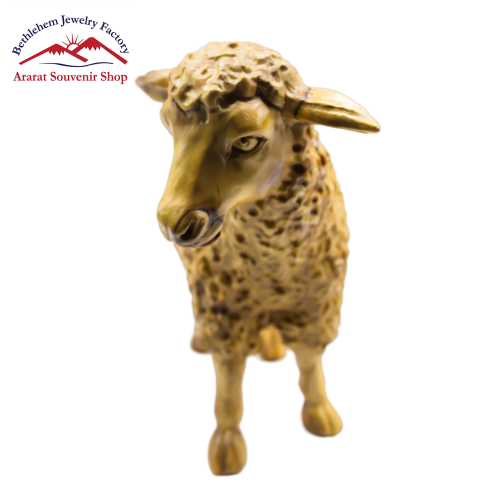Honey Dipper
A honey dipper, a quintessential kitchen tool, has played a significant role in culinary practices across cultures for centuries. This simple yet effective device is designed to scoop up the viscous sweetness of honey, allowing users to drizzle it effortlessly over foods, beverages, and baked goods. Characteristically made from wood, though some modern versions may incorporate materials like silicone or stainless steel, the honey dipper has become synonymous with the enjoyment and application of honey in various culinary traditions.
**Design and Functionality**
A typical honey dipper consists of a long stick with a rounded end, often resembling a spool or a series of grooves that assist in capturing honey. The design is both functional and aesthetically pleasing, providing an effective means to retrieve honey while minimizing mess. The grooves trap the honey and regulate the flow, enabling the user to control the amount they wish to dispense. This precision is particularly useful when adding honey to tea, drizzling it atop pancakes, or sweetening yogurt, ensuring that the honey is distributed evenly without overwhelming the dish.
Historically, honey dippers have varied in design and materials depending on geographical location and individual preferences. In the Middle Ages, for instance, honey dippers were often crafted from fine wood, while in ancient cultures, tools made from clay or metal were sometimes used. Despite these variations, the core purpose of the honey dipper has remained unchanged: to facilitate the enjoyment and application of honey.
**Cultural Significance**
Honey has held great cultural significance throughout history, often symbolizing wealth, prosperity, and divine favor. Various cultures have devised their own ways of incorporating honey into their diets and rituals, making the honey dipper an essential accessory in diverse culinary contexts. In ancient Egypt, honey was not only a staple in their diet but also used in religious offerings and embalming processes. Similarly, in Greek mythology, honey is associated with the gods, and it plays a significant role in various rituals and festivities.
In modern times, honey dippers are commonly seen in kitchens around the world and are often used for serving honey in teacups during traditional tea ceremonies. For example, in some Jewish traditions, honey is eaten during Rosh Hashanah, the Jewish New Year, to symbolize the wish for a sweet year ahead. The honey dipper serves as a beautiful tool in these celebrations, encapsulating the blend of culinary practice and cultural heritage.
**Choosing the Right Honey Dipper**
Selecting the right honey dipper can enhance the honey-drizzling experience significantly. Ideally, a good honey dipper should be made from a non-toxic material like wood or food-grade silicone. Wooden honey dippers are typically favored for their traditional appearance and durability, while silicone versions offer unique properties such as being dishwasher safe and heat resistant.
Length is another important consideration. A longer honey dipper allows for better reach, making it easier to dive into deep jars of honey without sticky fingers. Meanwhile, the width of the grooves can affect how much honey is captured at once, thus impacting the drizzling experience. Some artisans create intricately designed honey dippers that can serve as decorative pieces as well as functional tools.
**Honey Varieties and Pairing**
Using a honey dipper opens up a world of possibilities when it comes to exploring different honey varieties and flavor pairings. Depending on the source of nectar, honey can range from light and fruity to dark and earthy. Popular types include clover, wildflower, acacia, and manuka honey, each showcasing distinct flavor profiles.
With a honey dipper in hand, culinary enthusiasts can experiment with different combinations. For instance, drizzling a floral honey over fresh strawberries enhances their natural sweetness, while a robust buckwheat honey can add depth to a bowl of oatmeal. Honey can also be paired with cheeses, enhancing their flavors and textures. Soft cheeses like goat cheese or ricotta perfectly complement lighter honey, while stronger cheeses like aged cheddar may pair better with darker honey varieties.
**Honey Dip Collection and Craftsmanship**
With the rise of artisanal kitchen products, honey dippers have also seen innovative designs by craftspeople and artisans. Some artisans carve dippers from exotic woods or embellish them with beautiful patterns, elevating this simple tool into a work of art. Collecting unique honey dippers has gained popularity among enthusiasts, turning them into functional and decorative pieces.
**Sustainability and Health Benefits**
In recent years, the focus on sustainable living and healthy eating has further reinforced the honey dipper’s significance in the kitchen. Honey, revered for its natural sweetness, is often viewed as a healthier alternative to refined sugars. It boasts various health benefits, including antibacterial properties, antioxidants, and potential digestive aids. Using a honey dipper minimizes waste, allowing for precise usage while promoting mindful consumption of this coveted natural product.
In conclusion, the honey dipper is a functional tool that embodies both simplicity and elegance in the kitchen. Its role extends beyond merely scooping honey; it is intertwined with cultural histories, culinary creativity, and sustainable practices. Through its design and usage, the honey dipper enhances the experience of enjoying honey, drawing people closer to the natural sweetness that has delighted palates for generations. Whether used in daily cooking or during special occasions, the honey dipper remains a cherished accessory, inviting exploration and celebration of one of nature’s sweetest gifts.










Reviews
There are no reviews yet.